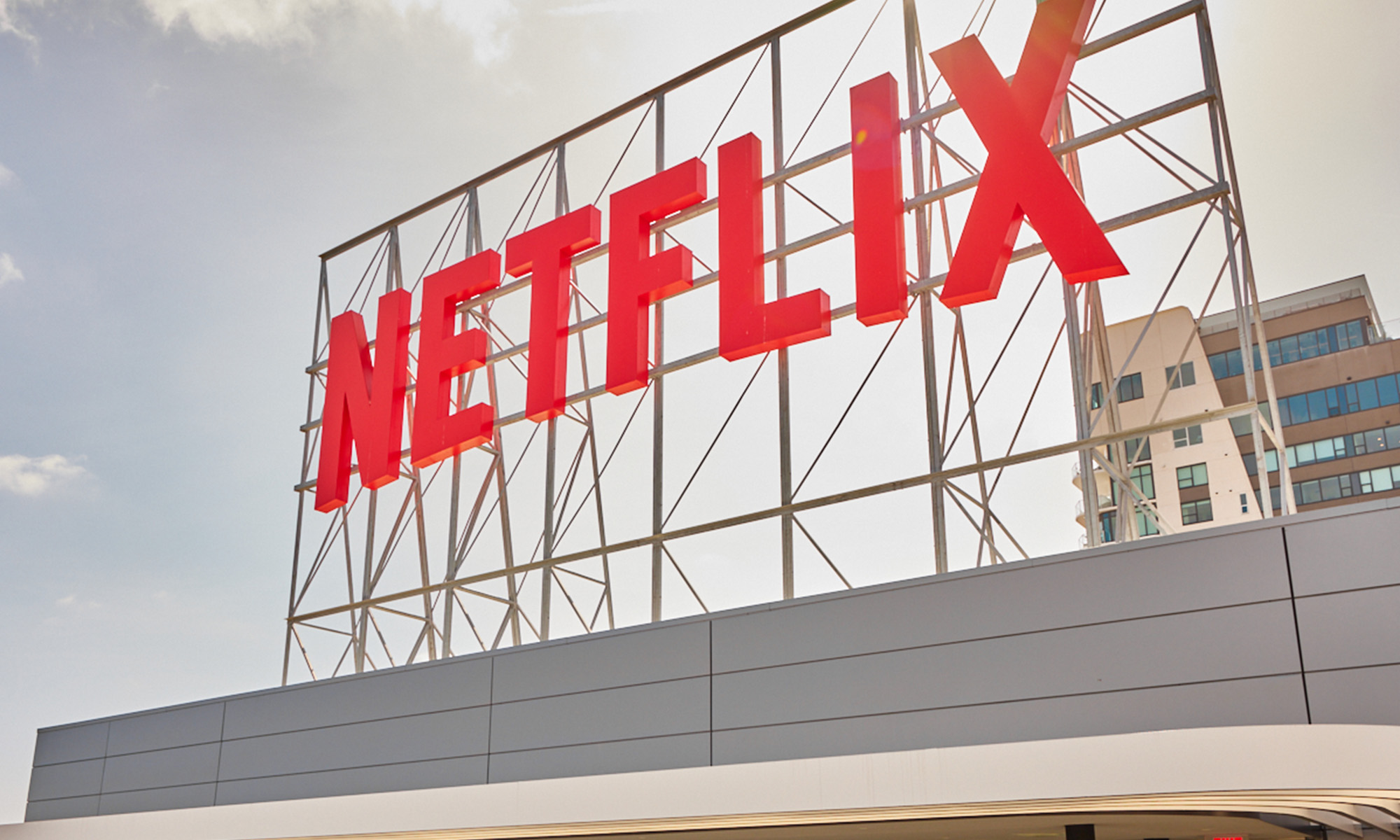Netflix (NFLX +0.12%) stock's stellar year was threatened this week. The company reported third-quarter results, and shares slipped even though the streaming and entertainment provider posted 17.2% year-over-year revenue growth. The streaming-TV specialist also said its ad-supported tier recorded its best ad sales quarter to date.
So why did the stock slip after the report?
Investors appear to be weighing two things at once. First, the stock's valuation arguably already reflected a lot of that progress. Additionally, a Brazilian tax expense hit reported profit, causing the company to miss analysts' estimates for earnings per share.
The volatility in the stock price prompts a timely question: Does a post-earnings dip in the stock price offer room for investors to start a position, or does it just acknowledge a valuation that had stretched a bit ahead of itself?

Image source: Netflix.
Strong financial results
The company's 17.2% revenue growth, which put Netflix's top line at about $11.5 billion, accelerated from 15.9% in the second quarter of 2025. That step-up was driven by member additions, pricing growth, and an incremental lift from advertising, management said in the company's third-quarter shareholder letter.
Earnings per share of $5.87 fell short of analysts' average forecast for $6.97. The shortfall is traced to an unexpected non-income-tax expense of about $619 million related to a long-running dispute in Brazil that covered periods from 2022 through this quarter.
"Absent this expense, we would have exceeded our Q3 2025 operating margin forecast," management noted.
Fortunately, the negative impact is one-and-done, as management doesn't expect this issue to have a material impact on its financials going forward.
For the fourth quarter, Netflix guided revenue to about $12.0 billion, translating to 16.7% year-over-year growth, and earnings per share to roughly $5.45 (up from $4.27 in the fourth quarter of 2024).
Looking ahead, the company expects momentum to continue. Netflix guided for 2025 revenue of roughly $45.1 billion, or about 16% growth. However, it reduced its 2025 operating margin outlook to about 29%, down from 30% previously, reflecting the Brazil expense.

NASDAQ: NFLX
Key Data Points
The real issue is valuation
While this one-time Brazilian tax matter may have been what initially spooked Netflix investors when the company reported earnings, the underlying issue is probably valuation. The stock commands a price-to-earnings ratio in the low 50s and a forward price-to-earnings ratio of about 37. A valuation leaves little room for error. This is worrisome given how intense the competition is in the space. Tech giants Apple and Amazon, for instance, have their own streaming services. And even Alphabet competes with Netflix via YouTube.
On the other hand, there's a strong bull case for the stock, too. Not only is revenue growing rapidly, but the company's nascent and high-margin advertising business is growing particularly fast. In 2025, the company expects to double its advertising revenue. Though management notes that this is "off a relatively small base," the momentum is encouraging when thinking about Netflix's long-term potential. Further, the company's combination of double-digit revenue growth and expanding operating margins creates a substantial tailwind for earnings growth. Consider that even with this Brazilian tax matter, Netflix is guiding for a full-year operating margin of 29% -- up from 27% in 2024.
So, is now the time to buy?
For investors already holding shares, nothing in the quarter breaks the investment thesis. Indeed, there's a lot to like. Revenue is growing at robust double-digit rates; operating margin, when adjusted for this one-time expense, is higher than a year ago; and guidance looks good.
But for those interested in buying the dip, it may make sense to stay on the sidelines. The business looks strong. But the valuation looks full.









